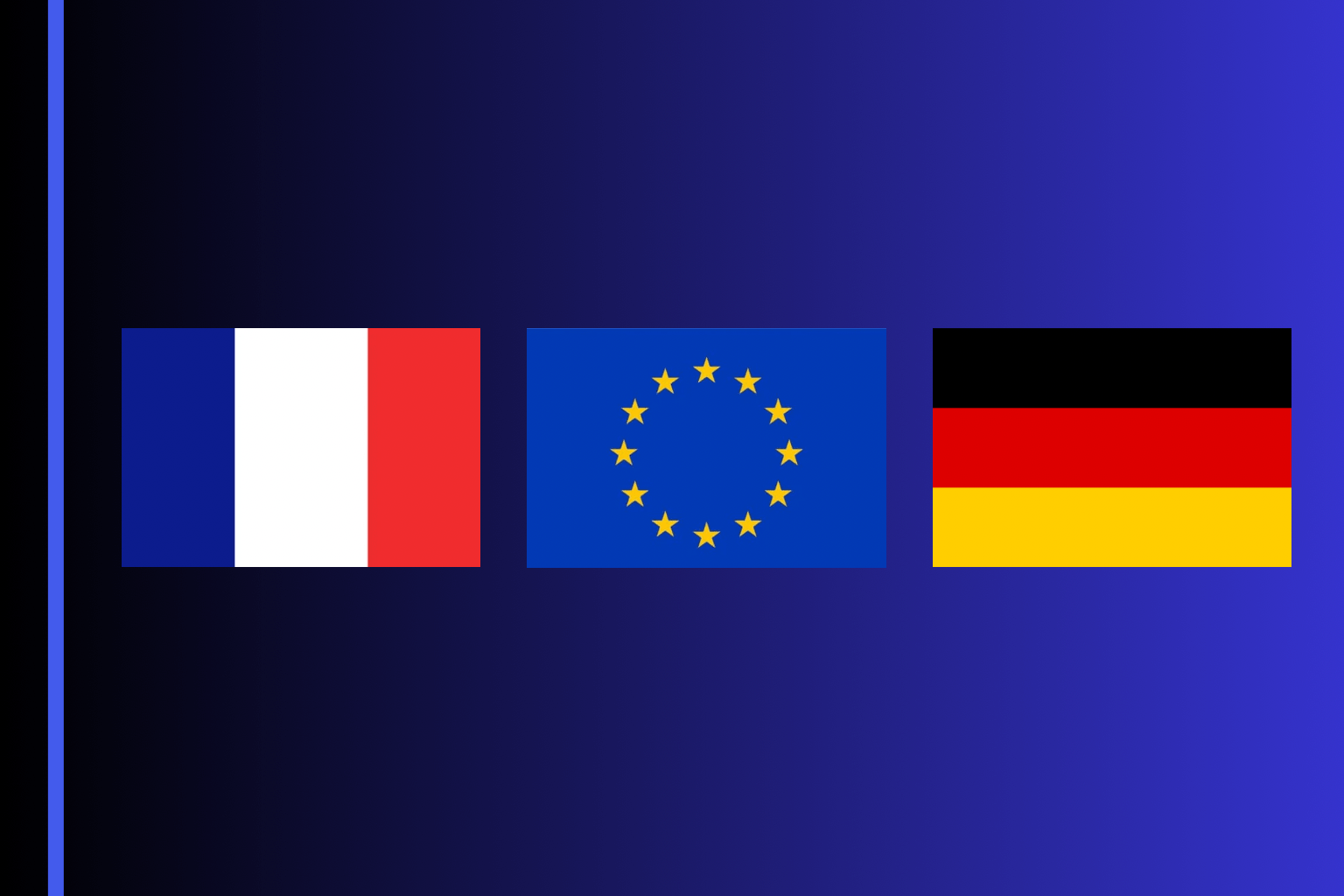- BTQ and Quandela MOU: BTQ Technologies and Quandela have signed a Memorandum of Understanding (MOU) to jointly explore how photonic quantum computing can advance energy-efficient blockchain validation through BTQ’s Quantum Sampling Proof-of-Work (QSPoW) protocol.
- Future Proofing Bitcoin: QSPoW is a Bitcoin-inspired quantum-secure and energy-efficient alternative to traditional PoW mining, aimed at preserving the integrity of the world’s largest digital asset in the face of advancing quantum threats.
- Quantum Meets Blockchain: The collaboration focuses on leveraging Quandela’s real and simulated boson-sampling data to test QSPoW’s performance, with the goal of reducing the computational and energy demands of traditional Proof-of-Work systems.
- Path to Commercialization: If performance benchmarks are met, the companies will explore commercialization opportunities, including the potential integration of Quandela’s Belenos quantum processor into future quantum-secure blockchain systems.
VANCOUVER, BC, May 22, 2025 /CNW/ – BTQ Technologies Corp. (the “Company”) (CBOE CA: BTQ) (FSE: NG3) (OTCQX: BTQQF), a global quantum technology company focused on securing mission-critical networks, is pleased to announce the signing of a Memorandum of Understanding (MOU) with Quandela SAS (“Quandela”), a pioneering French quantum computing company renowned for its NISQ-era photonic quantum computing platform.
This collaboration marks a strategic step forward in evaluating how emerging quantum technologies can enhance blockchain systems. The partnership will center on BTQ’s Quantum Sampling Proof-of-Work (QSPoW) protocol—a novel approach to blockchain validation that aims to significantly reduce energy usage while strengthening cryptographic security.
Under the MOU, BTQ and Quandela will jointly explore several strategic areas. These include investigating real-world use cases for Quandela’s photonic quantum computing platform, working together on the use of Quandela’s boson-sampling technology—both simulated and real—through its Perceval cloud platform, and analyzing how this data performs in BTQ’s Quantum Sampling Proof-of-Work (QSPoW) testnet. Based on the outcomes of this analysis, the two companies will also evaluate potential pathways for commercialization.
Proof-of-Work (PoW) systems—like those used by Bitcoin—rely on massive computing power to validate transactions. BTQ’s QSPoW replaces this with boson sampling, a quantum process where light particles (photons) pass through an optical network to generate hard-to-predict outcomes. These outcomes can serve as a quantum secure and energy-efficient alternative to traditional PoW, and because this problem is hard to solve on non-quantum computers, the protocol is resistant to power hungry ASIC devices. QSPoW also creates a path towards creating a quantum-safe store of value by incorporating properties of quantum mechanics into the PoW consensus algorithm, ensuring no quantum adversary will be able to control the network. This approach directly addresses the growing threat quantum technologies pose to digital assets like Bitcoin, a concern recently highlighted in BlackRock’s amendment to its risk disclosure in its S-1 filing.
While various actors in the Bitcoin community are taking steps to enable the uses of cryptographic algorithms that would be resistant to advanced quantum computers, there is no guarantee that new quantum-proof architectures will be built and appropriate transitions will be implemented across the network at scale in a timely manner; any such changes could require the achievement of broad consensus within the Bitcoin network community and a fork (or multiple forks), and there can be no assurance that such consensus would be achieved or the changes implemented successfully.” – BlackRock, Inc. (2025). S-1 Registration Statement: iShares® Bitcoin Trust ETF. SEC.gov. https://www.sec.gov/Archives/edgar/data/1980994/000143774925015853/bit20250418_posam.htm
As quantum computers become more powerful, the security of Bitcoin comes under increasing threat. Today, Bitcoin relies on traditional cryptographic frameworks and Proof-of-Work to keep the network secure—approaches that future quantum machines may be able to break. BTQ’s Quantum Sampling Proof-of-Work (QSPoW) is being developed as a next-generation solution that could help protect Bitcoin from these emerging risks, while also using far less energy than current mining methods.
As part of the collaboration, Quandela will deliver datasets tailored to BTQ’s technical requirements, which will include both simulated quantum data and experimental results where feasible. BTQ will use this data to conduct tests on its QSPoW testnet and will share its performance analysis with Quandela. Together, the two companies will also explore techniques to reduce errors in quantum processes and will assess how Quandela’s Belenos quantum processor could be integrated into future versions of the QSPoW protocol.
“This MOU reflects our shared ambition to advance real-world applications for quantum hardware and software,” said Olivier Roussy Newton, CEO of BTQ Technologies. “We’re excited to work with Quandela to rigorously test our QSPoW protocol and set the foundation for a new generation of blockchain security.”
Niccolo Somaschi, CEO of Quandela, added: “Partnering with BTQ highlights the versatility and promise of our photonic quantum platform. This collaboration is a great opportunity to demonstrate how quantum technologies can be used for emerging cryptographic protocols.”
The MOU outlines a framework for ongoing cooperation, information sharing, and public announcements of any meaningful scientific or commercial outcomes.




